Help your children prepare for their first year in elementary school. These amazing toys are engaging, interactive and fun for kids. They are also loved by parents because of the underlying educational themes. These toys and books help young children learn to recognize numbers, count, write, recite the alphabet, boost recall, and develop social and emotional management skills.
Math Based Balance Game for Preschoolers
REMOKING
About Math Based Balance Game. This cute balance toy teaches children basic counting and math skills. Children will learn to recognize written numbers, learn to count, and begin to understand number value and addition. Kids enjoy balancing the chips on the scale and using the colorfully illustrated cards to play and learn.
Reviews. Parents like that the toy is appropriate for various ages, from 3 years and up. Children not only learn about math, but are also exposed to reading as well as science with the cause and effect of the balancing.
Educational Counting Toys for Preschoolers
Skoolzy Number Blocks
About Number Blocks. These number blocks are a fun, interactive way for young kids to enjoy learning how to count, recognize numbers, and begin to understand the basic concepts of addition and subtraction. Kids learn the value of numbers based on the quantity of chips stacked to the height of the block.
Reviews. Young kids really enjoy playing with these colorful, educational blocks. It’s a fun, unique gift. Another option we recommend checking out is Montessori Wooden Blocks by Lequmo.
Math and Memory Card Game
Inklings
About Inklings Memory Card Game. This is a fun, interactive memory card game for 2-6 players. Kids love playing with friends and family. They will strengthen math and recall skills by trying to avoid the ink, swapping and blocking cards, and trying to get the highest score.
Reviews. The simple, straight-forward rules and objectives are appropriate for kids aged 5+. Many reviewers note that Inklings is a go to game for family night. Parents often make adjustments to the rules to fit the interests of their family or to make the game more mathematically challenging, particularly as the kids get older.
Montessori Counting Pegs for Toddlers and PreK
Little Bud Kids
About Counting Pegs. Help your kids develop an understanding of how to recognize written numbers, count and connect value to a number. This tactile toy is fun and interactive. It fosters a foundation for learning addition and subtraction, preparing children for elementary school.
Reviews. Both parents and their children love this toy. It’s well made with high quality wood construction. The size format is perfect for little hands. Moreover, it’s appropriate for various ages, for homeschooling students, and as a gift for friends.
Rainbow Bears Counting and Sorting STEM Development
DY-GO
About Rainbow Bears. These colorful little animals are easily counted, sorted and manipulated by little hands. In addition to introducing the concepts of addition and subtraction, this set helps young children learn colors, names of animals, and how to follow directions through simple games.
Reviews. Toddlers love playing with the bears and dinosaurs and enjoy the fun games. Parents, particularly those who home school their kids, respond with positive reviews that the toy is a great introduction to early math, such as counting, sorting, patterns and simple addition or subtraction. Kids also develop their gross motor skills by using the tongs to pick up and place the little animals in the appropriate cups.
I Can Write: Reusable Write and Wipe Activity Mats
Skillmatics
About I Can Write. With six double-sided activity mats, dry erase markers and easy to follow instructions, kids play and practice their writing skills. This activity is great for young children who are preparing to enter kindergarten or first grade. They will learn colors, patterns, writing strokes, the alphabet and numbers.
Reviews. Kids love practicing how to draw geometric patterns, letters and numbers. Likewise, parents love watching how this educational toy keeps their kids busy and happy. The activity mat is erasable and children can draw the same pictures again and again, which also makes this toy an economical purchase that can be handed down to younger children. Parents also responded well when their kids received the write and wipe activity mat as a gift.
Learn to Read and Spell Wooden Rotating Letters
Coogam
About Wooden Rotating Letters. This creative little toy includes 5 rods of rotating letter blocks and multiple cards that include 3-letter words and a cute colorful illustration. Kids rotate the blocks to find the correct letters that match the word on the cards. They can say the letters and word out loud while doing this activity to build a strong foundation for future reading and writing in school.
Reviews. Parents and teachers respond with positive reviews for this simple toy that is appropriate for preschool age kids. It’s a great activity to help children prepare for a successful start to kindergarten and first grade.
Alternative Toy. Another toy with the same concept is the Wooden Reading Blocks. The cards are illustrated, but there are no word clues. Kids need to find the stand alone letter blocks to fill in the blanks and complete the 3-letter word.
Emotional Self-Regulation Book Series for Young Children
Michael Gordon
About Self-Regulation Book Series. Ok, we know these aren’t toys as the post title suggests. However, managing anxiety, anger and sadness is an important life skill. These books are great for parents to read aloud with their children and discuss emotions and ways to deal with how they’re feeling. Given all the new situations that children experience in school, we believe preparing for social and emotional development is as important as mathematics or reading.
Reviews. Parents, teachers and therapists give these books a high rating. The books are appropriate for young children and easily relatable to individual situations. The colorful, hand-drawn illustrations are wonderful. The story line of each book enables lots of opportunities for parents to talk with their children about emotions and feelings.
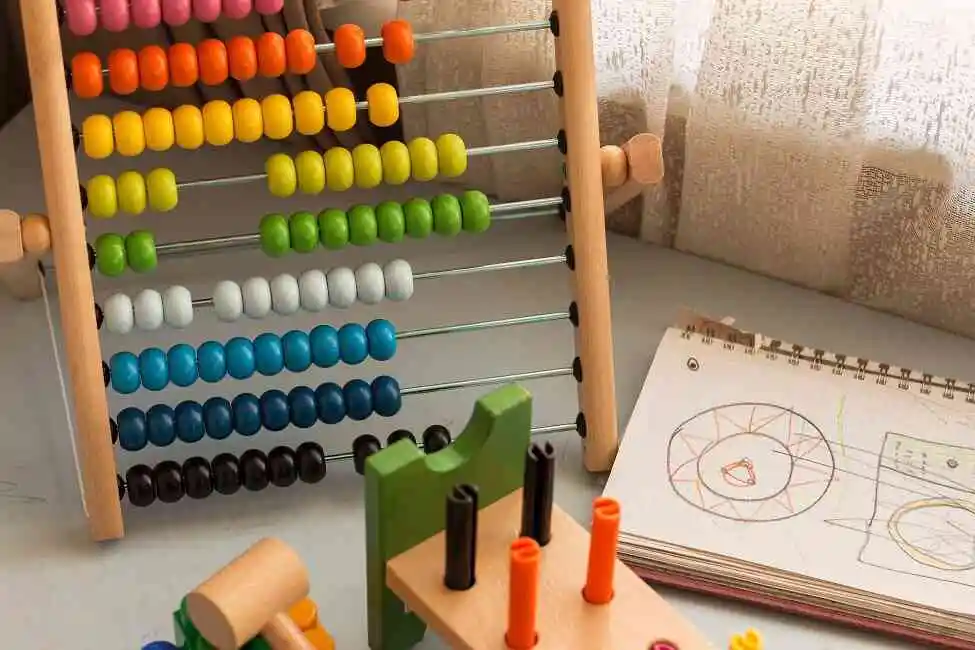










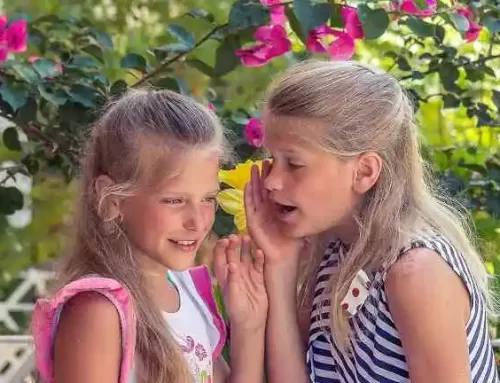
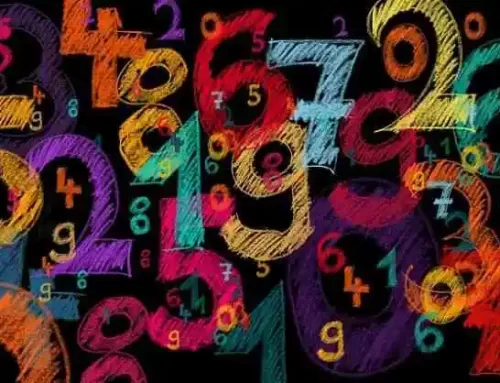
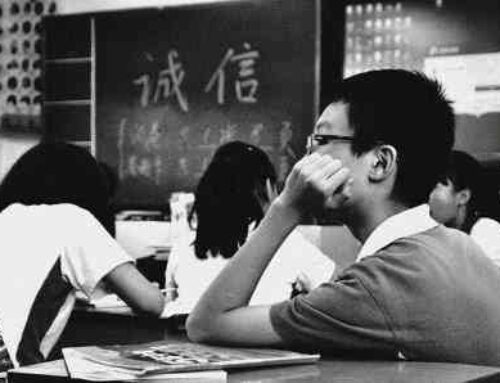

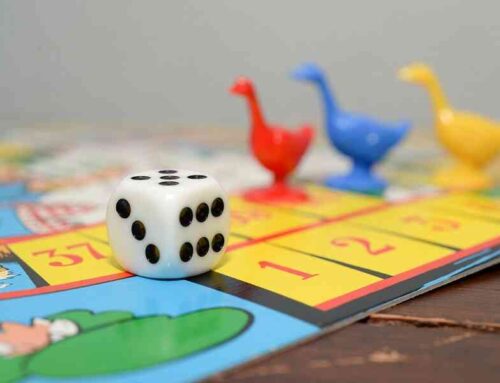
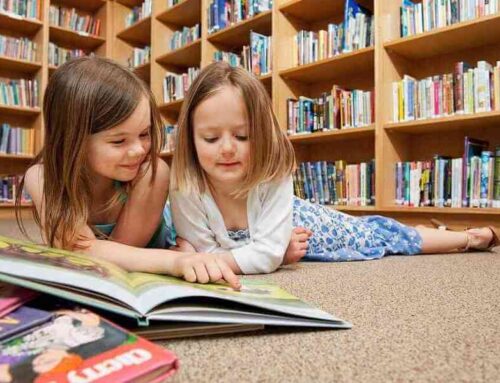
Leave A Comment